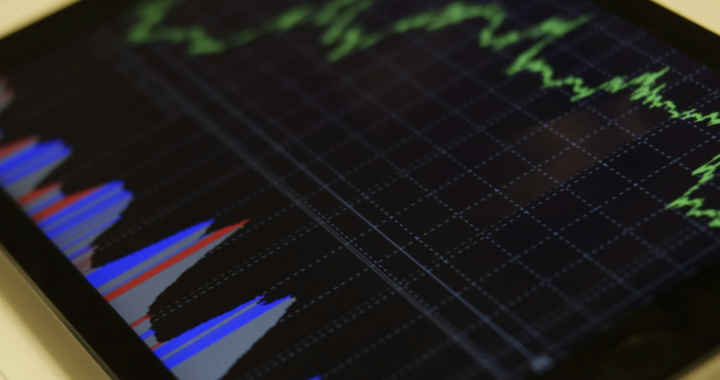3 Ways To Transform A Warehouse With Connected Technologies
3 min read
Ecommerce has now become entirely online and the demand for quick responses has risen to a great extent. There is a constant need for managing a huge amount of myriad demands with negligible errors. As a result, warehouses are striving to scale up to cater to the growing standards of an efficient, intelligent, and completely automated warehouse.
If you look ahead 10 years down the line, the predicted rise in the preference for digital transformation can pave the way for critical changes in the way warehouse operates. Also, adopting disruptive warehouse technologies will shoot up in the coming years.
As per the survey conducted by the Annual Industry Report of MHI, as high as 80 percent of respondents assume that the digital supply chain will become the dominant model in the coming 5 years.
Let’s take a look at how connected technologies like NetSuite consulting can help in transforming a warehouse.
1. Real-time Data Collection with Increased Connectivity
The supply chain systems and warehouse functioning will not remain opaque in the coming years. Blockchain can play a prospective role in bringing about transparency at every pivotal level.
This technology can offer the power for the distribution of critical data and information fast in a secured way. Thus, real-time data exchange can become very effective and transparent.
It’s worth noting here that Blockchain cannot function without a critical component: the Internet of Things that serves to be the habitat for various sensory devices like humidity, temperature, and location among others, working collaboratively across different digital networks.
All these help in the smooth collection and seamless transmission of data in real-time without the need for human intervention.
When every component works together in a warehouse, it can bring in real-time visibility and effortless collaboration among various chain partners and different processes for a seamlessly operating model.
2. Automatically Guided Transport
Even though it is not adopted widely, these vehicles are great substitutes for the forklift as it revolutionizes the method of cargo transportation within and without the warehouse. According to the reports of Mordor Intelligence, globally, the automatically controlled vehicle market amounted to 2.41 Billion USD in 2020 and is expected to rise to 14.18 Billion USD in the next couple of years.
Drones are also set to take the warehouse industry by storm and reputable entities like NetSuite consulting are all set to bring it in for their clients. Drones are not only safe but also economical in terms of location of cargo, cycle counting, the performance of stock-taking work, and conducting inventory.
Needless to say, if you can employ a drone that’s equipped with cameras, barcode scanners, sensors, and RFID technology can go to the innermost zones of a warehouse. With this, checking and management of inventory can be completed in less than 1/3rd the time required for manual completion.
These automated transports can move goods from the warehouse, pace up the pickup process, and help in seamless inventory management functions. Even if you are looking for this service for a small-scale warehouse, then it can be as beneficial for you as it would have been for a large enterprise.
3. Machine Learning and Smart Analytics
Warehouses play a critical role in improving customer satisfaction while assessing product demand and allow maximum utilization of the available resources. With this, precise decision-making along with an increase in the forecasting demand has also risen to a great extent.
Most warehouse managers now look out for interpretation of data trends for anticipation of stocks and optimization of the warehouse capacity.
This is the zone where productive analytics casts its impact. It utilizes various statistical mechanisms like big data, data mining, predictive modeling, and several other techniques for analyzing historical trends for making accurate predictions on future trends.
Predictive analytics, with the combined force of artificial intelligence, can be extremely effective in optimizing inventory levels, filling up inventory, and boosting operational efficiency on the whole.
Conclusion
By 2027, the market for predictive analytics is expected to reach up to 35.45 Billion USD globally. Automation is one of the most important aspects without which the industry is not likely to survive.
This is evidence that smart analytics will not just be restricted to warehouse industry but other markets as well.







